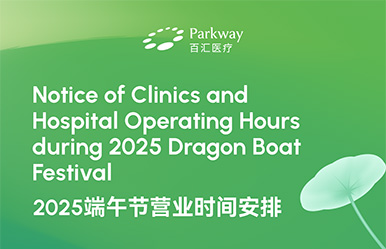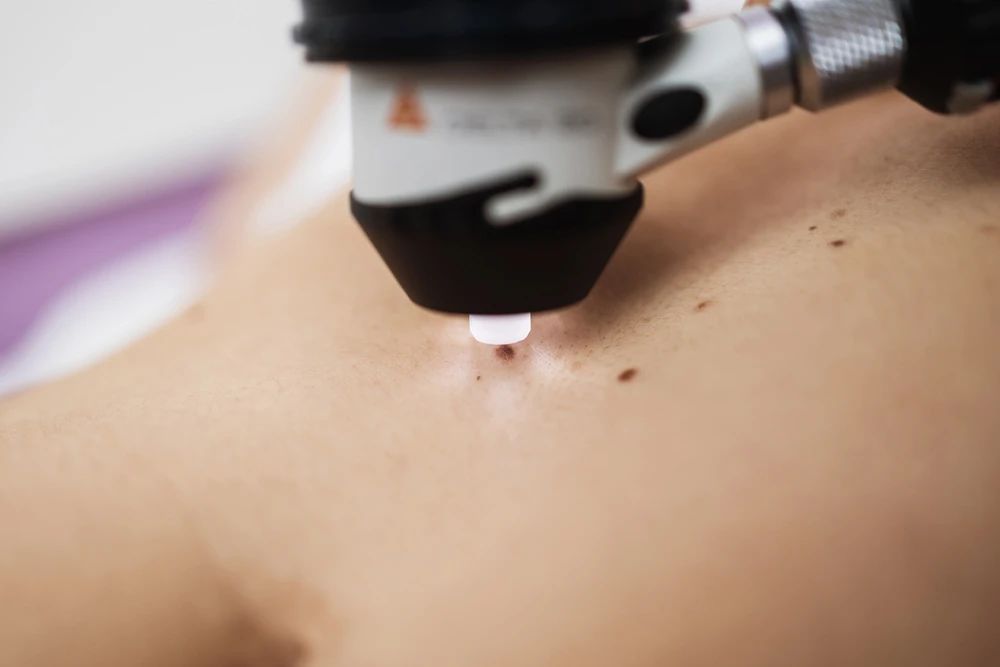Understanding Human Metapneumovirus (HMPV)
2025-01-15
As respiratory illness season peaks, viruses like Influenza, RSV, COVID-19, and Human Metapneumovirus (HMPV) are making their rounds, causing concern among healthcare professionals and the public. While many are familiar with flu and COVID-19, HMPV often flies under the radar, despite being a significant contributor to respiratory illnesses.
1. What is HMPV?
Human Metapneumovirus(HMPV)is a respiratoryvirus first identified in 2001. Part of the samefamily as Respiratory Syncytial Virus (RSV),itprimarily affects the respiratory tract, causingsymptoms such as:
Cough
Fever
Nasal congestion
Sore throat
Shortness of breath

Most people recover within a week, but HMPV canlead to severe complications, particularly in:
Young children
Elderly adults
Individuals with weakened immune systems
Those with chronic lung or heart conditions
2. How Does HMPV Spread?
HMPV spreads in ways similar to other respiratoryviruses:
1. Close contact with an infected person, such ashugging or shaking hands.
2. Respiratory droplets from coughs or sneezes.
3. Touching contaminated surfaces and thentouching your face, especially the nose, mouth, oreyes.
3. How is HMPV Treated?
Unfortunately,there are currently no specificantiviral treatments orvaccines forHMPV.Management focuses on relieving symptoms, whichcan include:
Rest and hydration;
Over-the-counter medications for fever and congestion ,
Medical care, such as oxygen therapy, forsevere cases.
4. Why is HMPV Concerning?
HMPV is not new, but it often causes seasonalsurges in respiratory illnesses that place additionalstrain on healthcare systems.ltcan alsocomplicate diagnoses, as its symptoms overlapwith other viruses like the flu and COVlD-19.
Those who work in healthcare, childcare, or carehomes should be especially cautious, as theyinteract with vulnerable populations daily.
5. How Can You Protect Yourself?
You can reduce your risk of contracting HMPV andother respiratory illnesses by practicing goodhygiene and adopting preventive measures:
1. Wash your hands frequently with soap and waterfor at least 20 seconds.
2. Avoid close contact with people who are sick.
3. Wear a mask in crowded or enclosed spaces,particularly during peak illness seasons.
4. Disinfect surfaces regularly, especially those thatare frequently touched.
5. Stay home if you're sick to prevent spreadingillness to others.
Final Thoughts
While HMPVis not as well-known as otherrespiratory viruses, it is an important part of theseasonal illness landscape. Most infections aremild, but the virus can have serious consequencesfor high-risk individuals.
By staying informed and taking preventivemeasures, you can protect yourself, your family,and your community.Ifyou experience severesymptoms or difficulty breathing, seek medicalattention promptly. Awareness and proactive careremain our best tools in managing respiratoryillnesses.
Article contributed by Dr. Victoria king, General Practitioner of Parkway.






























